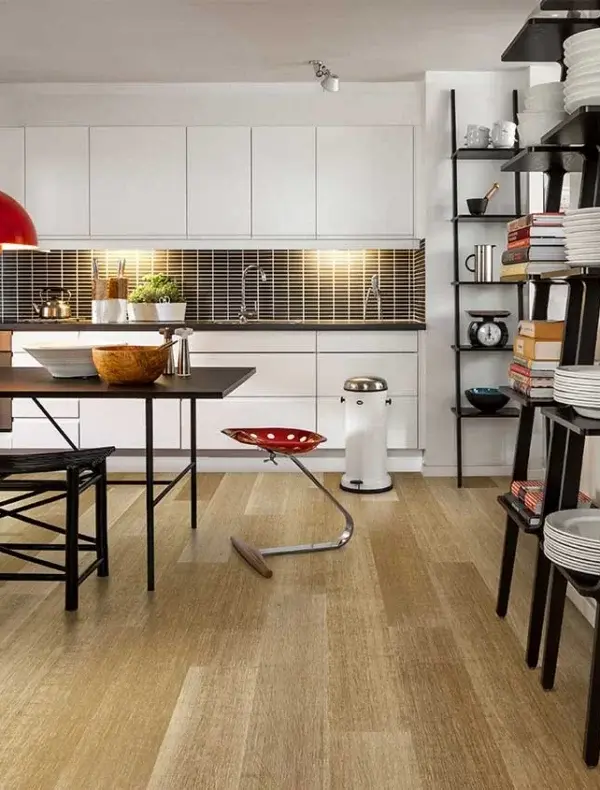Designing with Nature: Unlocking Biophilic Insights
- Johanne Morin

- May 11, 2023
- 4 min read
Updated: Jan 14
Rekindling Our Bond with Nature.

That’s right! Biophilic design is a multifaceted approach that seeks to create a connection between people and the natural world. It is not just about adding greenery to a space, but rather it is a comprehensive strategy that utilizes a range of elements, such as water, light, and natural materials, to formulate an environment that is both aesthetically pleasing and beneficial to people's well-being.
Biophilic design is all about bringing nature into our surroundings to create healthier and more sustainable living spaces.
Studies have shown that exposure to nature and natural elements can have a positive impact on human health and well-being. Incorporating these features into the design of a space can promote physical and mental well-being, leading to greater happiness and productivity.
Essentially, by infusing biophilic elements into your home or life, you will not only emphasize healthier living spaces that foster a greater sense of connection to the natural world but simultaneously reduce the environmental impact of the built environment!
Here are some examples of ways to integrate biophilic elements into your home or life.
Biotic Materials:
Biotic materials are those that are derived from living organisms, such as wood, linen (flax), cotton, and plants. These materials can provide a sense of natural beauty and organic texture that can be comforting and calming. The use of wood in biophilic design can provide a warm and inviting atmosphere, while cotton is a soft and breathable material that is perfect for creating a calming and cozy environment.
Other examples of Biotic Materials are rattan, bamboo, bark, silk, wool, hemp, jute, kapok, kenaf, moss, linen, etc.

Some resources on how to integrate Biotic Materials:

Curran Sisal Flooring offers an amazing selection of natural fibers/woven custom carpets and rugs.

Teragren is a leading producer and manufacturer of rapidly renewable bamboo flooring.
Inorganic Materials:
Inorganic materials, on the other hand, are derived from non-living sources, such as stone, glass, and ceramics. These materials can provide a different kind of aesthetic and tactile experience that can also promote a connection to nature. The use of glass can provide a sense of transparency and lightness, while stone can create a sense of solidity and stability.
Other examples of Inorganic Materials are flint, granite, obsidian, sandstone, sand, gems, cast stone, etc.

Some resources on how to integrate Inorganic Materials:

Native Trails Home offers a beautiful selection of cast-stone kitchen and bathroom fixtures.
Stone Forest focused on bringing the elegant simplicity of natural stones into the bath and garden.

ThinkGlass specializes in the manufacturing of glass countertops, floors, and architectural elements.
Native Metals:
Native metals in biophilic design can help people feel more connected to the natural environment. For example, copper can be used in interior design to create a warm, welcoming environment and evoke the natural color of autumn leaves. Gold leaf can be used to add a touch of luxury and elegance, while silver can create a cool, reflective atmosphere. Other examples of Native metals are alloys made from natural metals like steel, brass, iron platinum, etc.
Some resources on how to integrate Native Metals:

William Holland is a designer and producer of bathing fixtures using metals such as copper, brass, and stainless.

Robert Kuo is a master designer using copper for several of his objects and furniture collections.
Water Element:

The presence of water in your surroundings is always a wonderful biophilic design addition. Adding a water feature to your living space, such as a fountain or aquarium, can create a calming and serene environment. The sound of running water can also help to mask unwanted noise and create a more peaceful atmosphere.
Natural Light:
Natural light is an essential element of biophilic design. It provides a connection to the outdoors and helps to regulate our circadian rhythm. Use curtains or blinds to control the amount of light in your space and take advantage of natural light whenever possible.
Outdoor Living Space:
Creating an outdoor living space like a patio or balcony can provide a direct connection to nature. Consider adding potted plants, outdoor furniture, and water features to create a relaxing outdoor environment.
Live Plants:
Adding live plants to your living space is one of the easiest and most effective ways to bring biophilic design into your home. Live plants not only add natural beauty but also provide numerous benefits, such as purifying the air, reducing stress, and improving mental clarity.
Biophilic Art:

You can also add biophilia by incorporating art that exhibits patterns of nature.
Check out the below resources for more biophilic home design:
7 Ways to Enhance Indoor Environments with Biophilic Design. – Architect Magazine




Comments